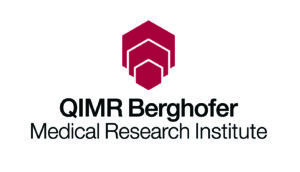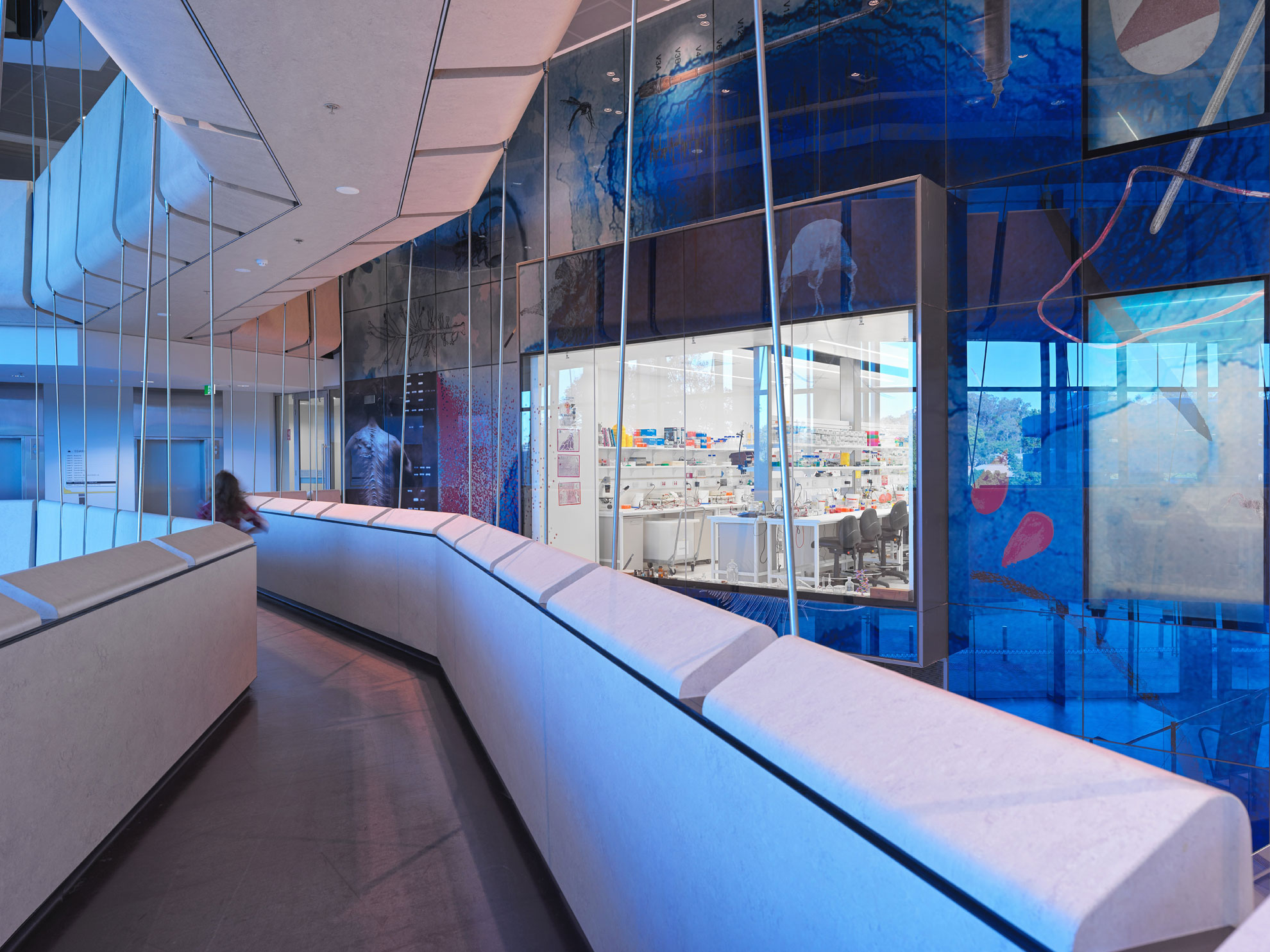QIMR Berghofer Medical Research Institute
 Since 1945, the Queensland Institute of Medical Research, now QIMR Berghofer, has worked to improve the lives of people locally, and across the globe – driving better health outcomes through impactful medical research.
Since 1945, the Queensland Institute of Medical Research, now QIMR Berghofer, has worked to improve the lives of people locally, and across the globe – driving better health outcomes through impactful medical research.
Today, QIMR Berghofer is a prominent feature in the Brisbane skyline, with the institute’s state-of-the-art facilities being housed across three buildings – The Bancroft Centre, The Clive Berghofer Cancer Research Centre and the Central Building – on Herston Road. However, the institute had far more humble beginnings, originally operating from a decommissioned WWII US Army hut situated at Victoria Park/Barrambin.
Even in those early years, QIMR Berghofer built an international reputation for making ground-breaking and transformative discoveries. The institute’s initial research focused heavily on the infectious diseases affecting Northern Australia at the time, including Q Fever, Scrub Typhus and Malaria. Today, QIMR Berghofer houses four vibrant research programs – Cancer, Infection & Inflammation, Mental Health & Neuroscience, and Population Health – focusing on the health challenges that are important not only to Queensland, but the world.
The three buildings house upwards of 600 staff, where world-leading researchers can collaborate on new ventures across scientific disciplines. As well as offering a contemporary research environment, QIMR Berghofer is also home to internationally sought-after scientific support services in cryogenics, microscopy, flow cytometry, sample processing and more, which underpin the success of the institute’s research outputs. The position within the Herston precinct also firmly connects QIMR Berghofer to the Hospital and Health Service and other precinct partners, encouraging collaboration and allowing for smoother translation of research discoveries.
What Brisbane Open House visitors can expect
Visitors to QIMR Berghofer will have the opportunity to join laboratory tours led by scientists, where they’ll see a working lab in action and hear about the latest research and most exciting breakthroughs. These tours are strictly limited and must be pre-booked. More details about the working lab tours will be released soon.
Skin cancer – your risk explained
 Australia has the highest rate of melanoma in the world, and Queensland the highest rate in Australia. Thousands of Queenslanders are diagnosed with melanoma and other skin cancers each year and the further north you go, the greater the risk. Most skin cancers in Australia can be attributed to the high levels of ambient ultraviolet (UV) radiation in our sunlight. But much of this can be counteracted through sun safe measures such as the regular application of sunscreen.
Australia has the highest rate of melanoma in the world, and Queensland the highest rate in Australia. Thousands of Queenslanders are diagnosed with melanoma and other skin cancers each year and the further north you go, the greater the risk. Most skin cancers in Australia can be attributed to the high levels of ambient ultraviolet (UV) radiation in our sunlight. But much of this can be counteracted through sun safe measures such as the regular application of sunscreen.
QIMR Berghofer’s Cancer Control Group is leading the fight against skin cancer by identifying risk factors and sharing their findings with the public.
Brisbane Open House visitors will be able to participate in a suite of fun activities designed to improve their understanding of skin cancer, the effect of ultraviolet radiation, and the importance of vitamin D.
Visitors will be encouraged to identify their skin type, use QIMR Berghofer’s Melanoma Risk Predictor to understand their likelihood of developing skin cancer, learn ways to prevent or reduce their risk of skin cancer, and learn the best times for sun exposure to make vitamin D.
Understanding the daily UV level is a vital step to combatting skin cancer. Visitors can test their knowledge on the average UV Index (UVI) across Queensland to better understand when it’s best to cover up or seek shelter from the sun.
Visitors will also be able to look at skin cancer at the cellular level by peering down the microscope to identify the difference between healthy skin, and skin that has been damaged by melanoma and other skin cancers.
No bookings are required for any skin cancer activities.
QIMR Education Lab
 QIMR Berghofer’s Education Lab plays host to thousands of budding scientists each year as part of the institute’s High-School Education Program. This PC1 laboratory houses equipment and materials found across the institute, and guests will have the opportunity to see machines in action and may be able to get their gloves on to engage in scientific processes. No bookings required.
QIMR Berghofer’s Education Lab plays host to thousands of budding scientists each year as part of the institute’s High-School Education Program. This PC1 laboratory houses equipment and materials found across the institute, and guests will have the opportunity to see machines in action and may be able to get their gloves on to engage in scientific processes. No bookings required.

